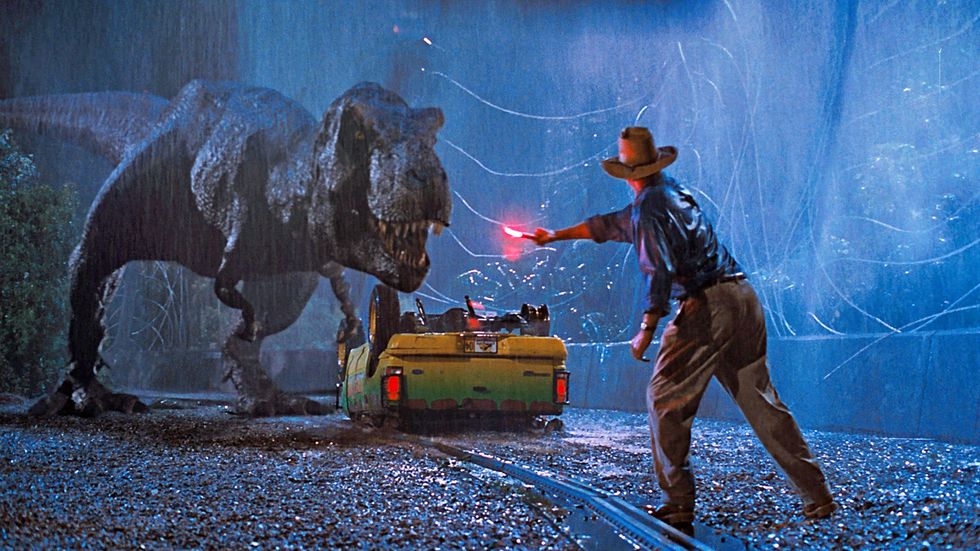Why the World's Longest 4K Zoom Deserves Its Engineering Emmy and Your Attention
A brief history and appreciation of Canon's Cine Zooms.
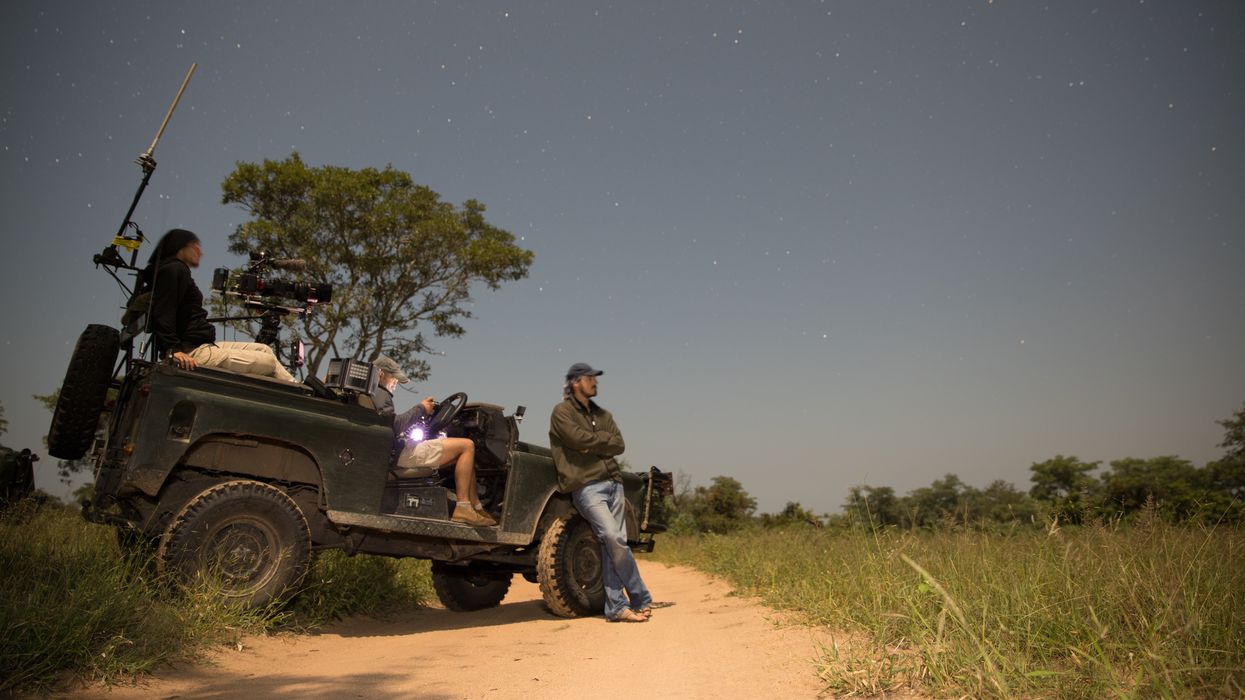
A number of years back, Canon changed indie filmmaking with DSLR cameras, offering shallow depth of field and high ISOs at a wildly lower price point than competitors. Canon’s entry into cinema was initially a bit of an aside to their long still camera history, as filmmakers took DSLR Canon 5Ds and made them work for moving imagery despite the lack of optimization for filmmaking. Indie filmmakers used photography lenses to achieve that shallow depth of field, so sought after in cinema, and accepted the setbacks: the lenses didn’t quite hold focus when they zoomed, there was a bit of “breathing” which could be seen during the zooming, and the throw of the focal ring was quite small, making precision focusing and changing focus during a shot a bit risky, as the lenses were designed for still use.
Canon recognized its customers’ increasing demands as the DSLR cinema revolution took off, and soon the company began designing cinema lenses to meet the industry’s needs. As a result of several lens innovations, the Academy of Television Arts & Sciences will recognize Canon today at the 69th Annual Technology & Engineering Emmy Awards for its entire line of Cine Zooms: Canon’s CN-E, CINE-SERVO and COMPACT-SERVO lines, including the world’s longest 4K ultra-telephoto zoom lens, the CINE-SERVO 50-1000mm T5.0-8.9. The Technology & Engineering Emmy Awards honor innovation and development in broadcast technology.
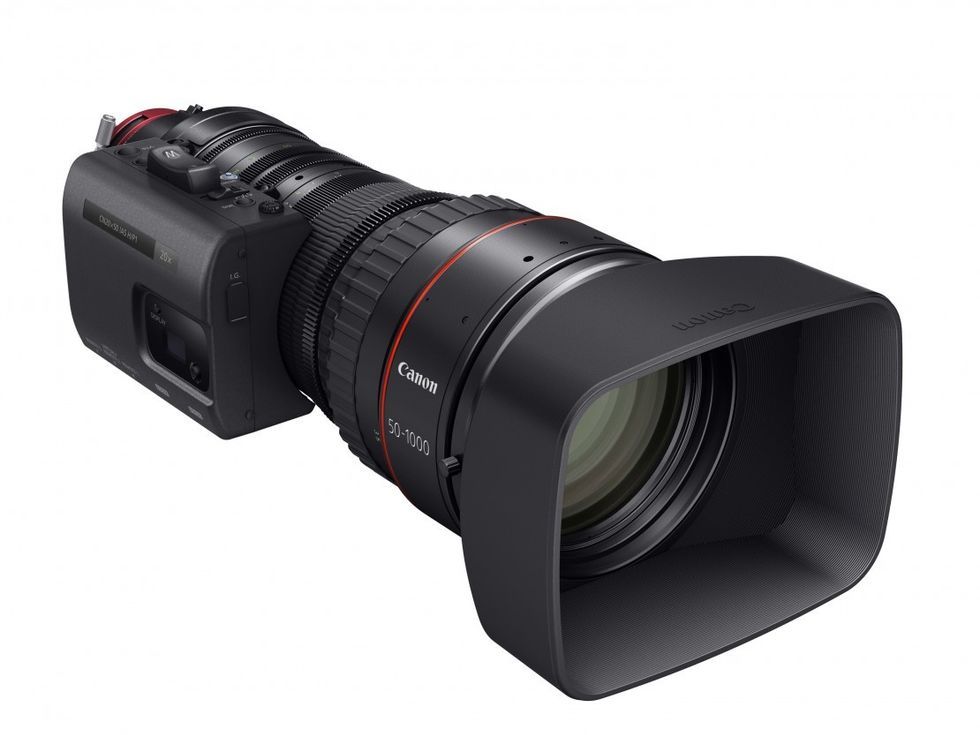
Since its entry into cinema about six years ago, Canon has adapted its knowledge and gear for the moving image. The C-line of cameras (C100, C300, C500, C700) takes the benefits of DSLRs and presents them in a set-friendly body. Likewise, Canon released 4K production zoom lenses which hold focus throughout the zoom range, and offer minimal breathing and a longer throw of the focus ring on quality glass.
These lenses, with their powerful zooming capability, are finding their way onto wildlife sets, and they are also being used on a number of narrative shows, including Homeland, Law & Order: Menendez Trial, 30 for 30, Black Love, The Defiant Ones, and True Blood.
The Emmy award recipients are:
Two Super 35mm zoom lenses, most often used for high-end motion pictures:
- CN-E 14.5-60mm t2.6
- CN-E 30-300mm t2.95-3.7
Two Super 35 Compact Zooms, most often used for handheld or Steadicam-type shooting:
- CN-E 15.5-47mm t2.8
- CN-E 30-105mm t2.8
Two Super 35 Cine-Servo Zoom Lenses, most often used for television shooters who wanted servo control:
- CN-E 17-120mm t2.95-3.9
- CN-E 50-1000mm t5-8.9
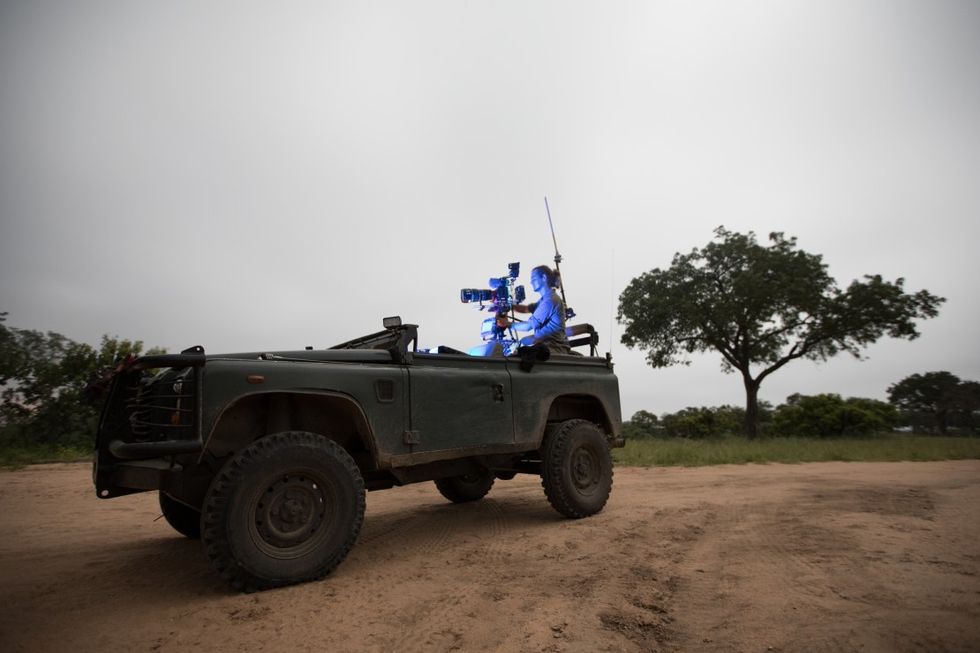
National Geographic’s Earth Live, executive produced by Al Berman, used 59 cameras in 25 locations on six continents, to create the world’s biggest live show to date. Berman raves about the Canon 50-1000mm. “I’ve never experienced a lens that’s better for wildlife. The reach is unprecedented, the ease of use is great, and the images are stunning.”
Larry Thorpe, Canon USA’s Senior Fellow of Professional Engineering & Solutions, knows the reach of the 50-1000mm is responding to a need. Canon consulted with end users to tailor lenses to what natural history and wildlife shooters were looking for. “Wildlife folks had issues with the zoom range not being long enough for their sort of work,” Thorpe shares. “They wanted to be 350 feet away from a subject on a Super 35mm full frame image sensor and be able to have a four- or five-foot high subject fill the frame.” As shooting conditions of wildlife videography often require remote locations, difficult terrain, and tighter crews, an additional consideration was the weight and size of the lens: Canon wanted to make a lens that weighed 15 pounds or less and was no longer than 16 inches. As of 2014, with the 50-1000mm, they met those goals and created the world’s longest 4K ultra-telephoto zoom lens. (Add an extender, and that range increases to 1500mm).
Producer Berman reflected on how this kind of technology enables a different way of capturing animals in nature: when the humans and the gear can be at a distance, they are less likely to disrupt the wildlife or influence the hunt. For Earth Live in Ethiopia, the 50-1000mm lens was used with Canon's ME20F-SH Multi-Purpose Camera to film hyenas, and in Alaska, the lens was sent up in a plane to track humpback whales. At 4K resolution from the air, a whale’s body could fill the frame.
Alex Sax, a Pro Market Specialist based in Burbank, California, works directly with cinematographers and directors, discussing needs and making recommendations. He finds large events, such as huge congregations or event halls, benefit from coverage with the ultra telephoto lens’ reach. He sees more run-and-gun nature work often opting for Canon’s compact zooms, the 15.5-47mm t2.8 and the 30-105mm t2.8, both of which can maintain their 2.8 apertures as well as their focus throughout their range.
Jon Joffin, ASC, is a narrative feature film and television cinematographer. He has shot several television series using Canon cinema zooms. He tends to shoot mostly on a set of primes, and finds that a cine zoom cuts well with his Canon Cinema primes and Leica primes. “I use the 30-300 often—I love that lens,” Joffin says. “We’ll often put it on a remote head on a crane. Or I’ll use it on B camera. I used to use Angeniuex zooms and having the extra reach available with the Canon 30-300 is fantastic.” Aftermath with Anne Heche was one show on which Joffin found himself frequently turning to Canon zooms. Joffin points out that with the popular Alexa Mini camera, the turning of a mere four screws changes the lens mount, and his camera assistants could swap mounts in 90 seconds.
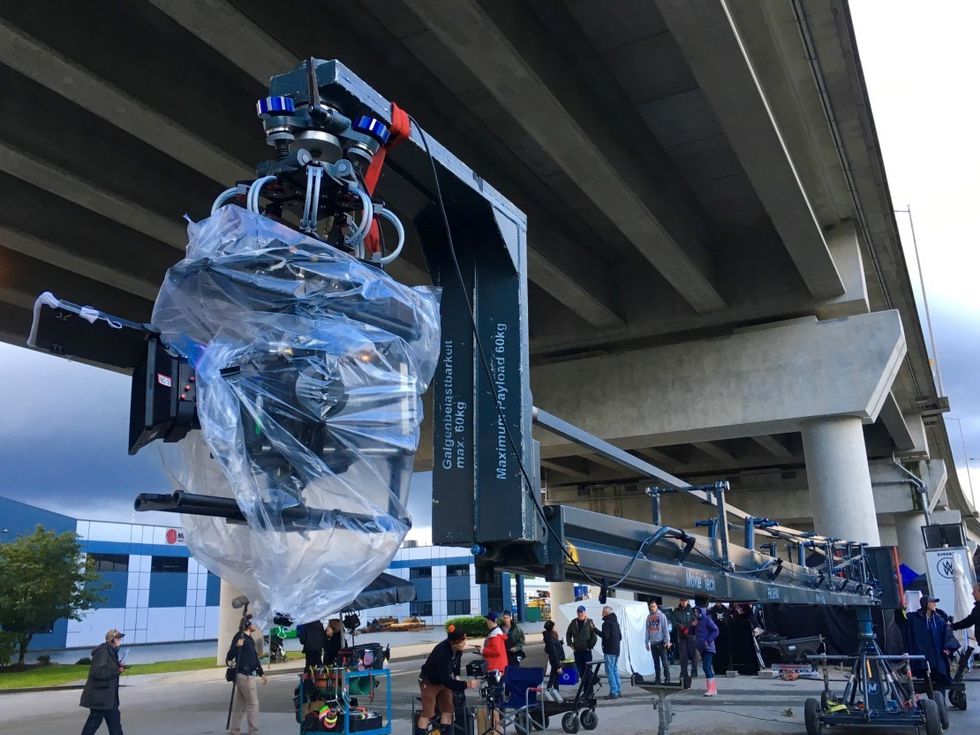
Most prime lens sets often only go to a 135mm or a 180mm, and Joffin likes making use of the extra reach provided by the cine zooms. “My style is having background blur and things out of focus. With this zoom, I can back up really far and do a medium wide shot, so when the actors are in focus, the background is blurry and buttery like on a feature film.”
The Emmy award acknowledges the engineering developments that affect the broadcast television industry, and in recent years cinema lenses have been increasingly adapted for broadcast TV. The Canon SERVO zooms offer motorized zooming as well as remote control of iris and focus, so they appeal to broadcast shooters who often want full mobile control. From an engineering perspective, the lenses also offer minimal focus breathing as Canon worked to maintain a high level of 4K-quality resolution across the image.
The Technology & Engineering Emmy Awards will be presented on October 25, 2017, during the SMPTE 2017 Annual Conference in Hollywood, CA.
Featured image: National Geographic's Earth Live. Courtesy of Canon U.S.A.

